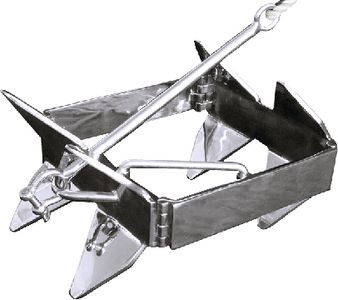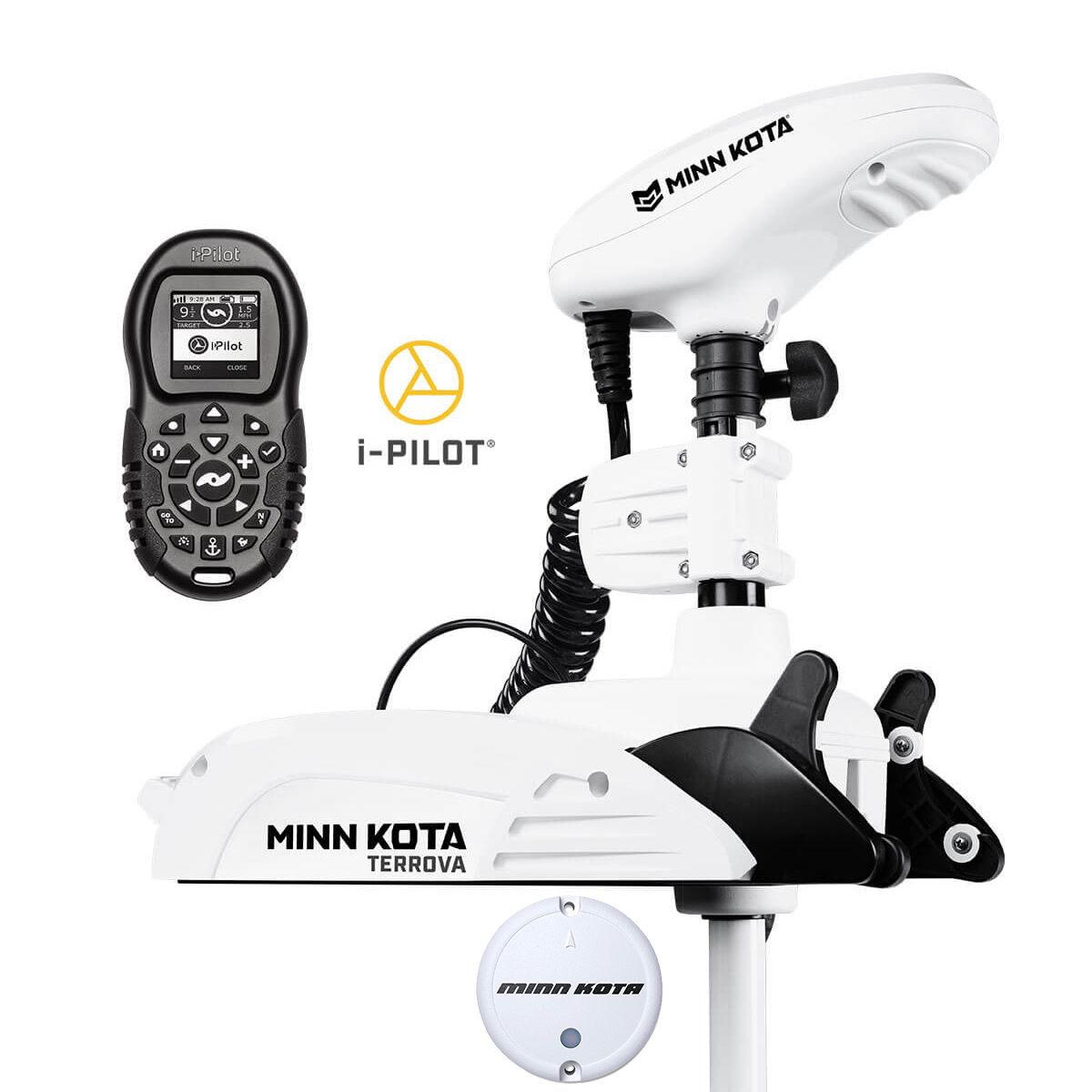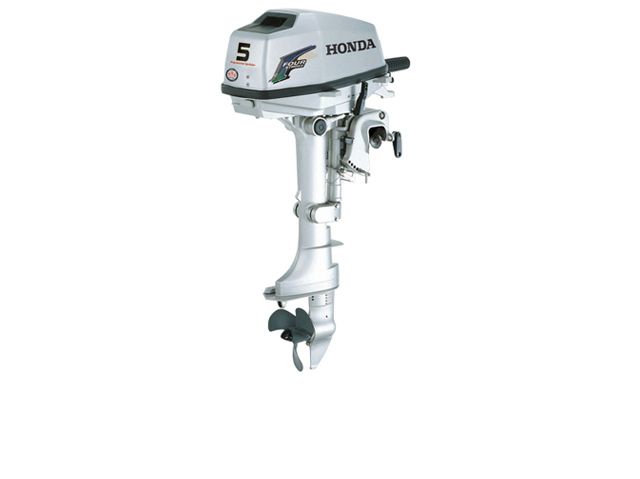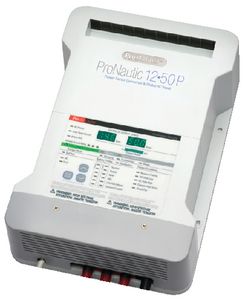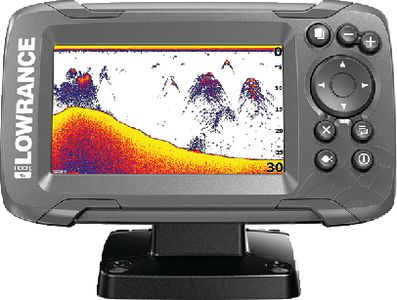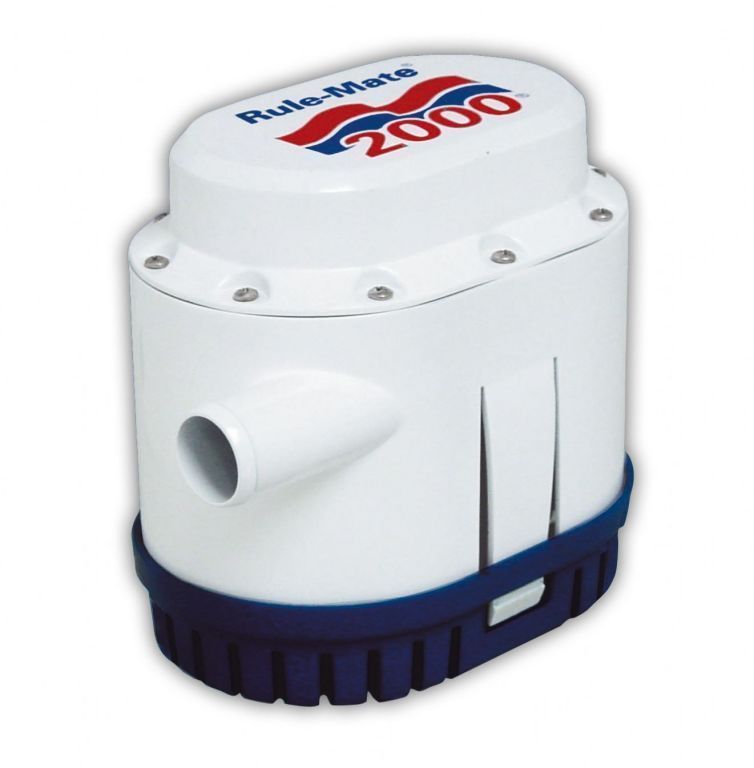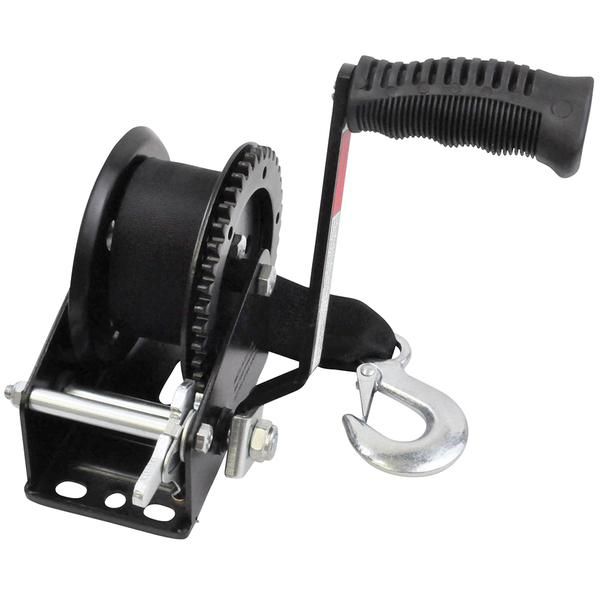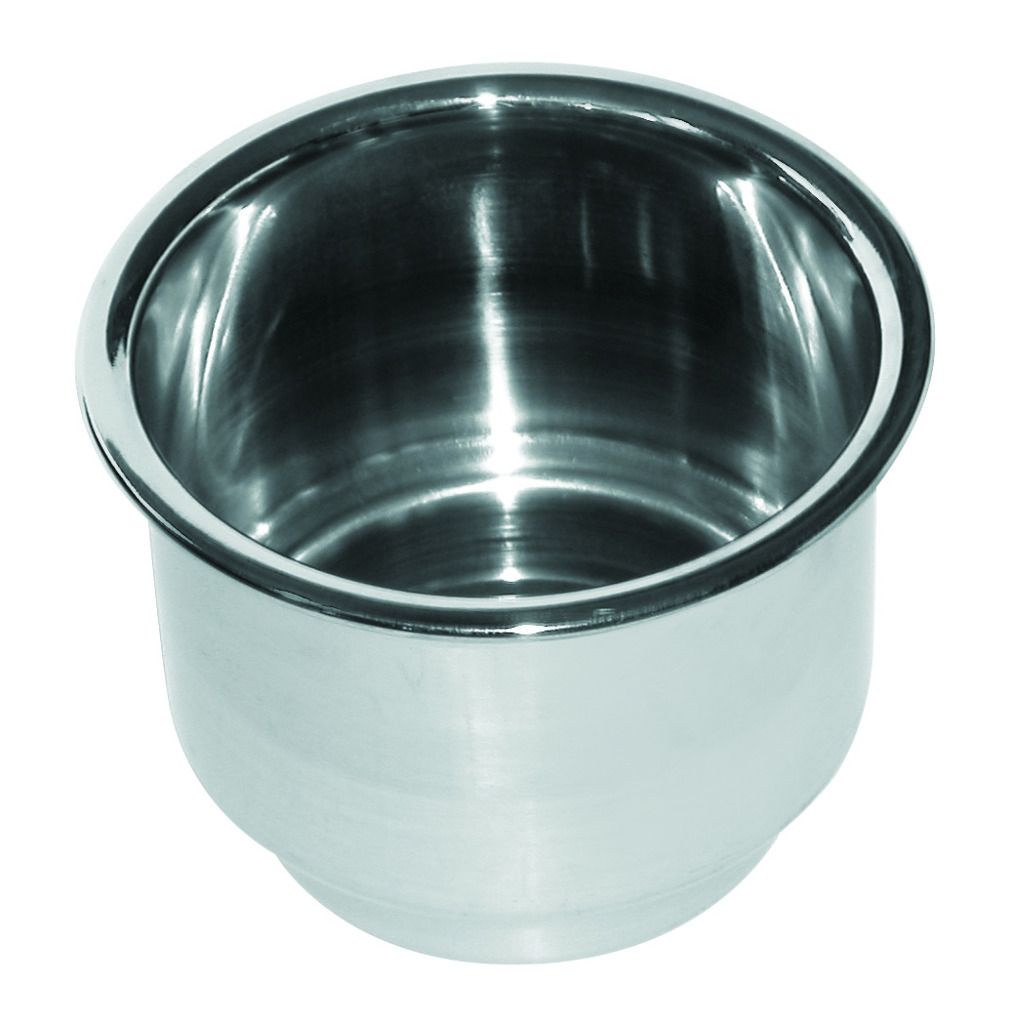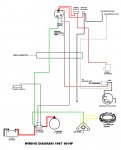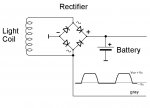Can anyone offer me a definitive answer on the nature of the tachometer signal for most outboards?? Take an Evinrude for example, wherein the regulator rectifier supplies the gray wire (tach signal). I'm asking because I don't have an o-scope nor a running engine to test this myself at the moment.
Basically from what I can gather, this wire simply pulses a voltage potential that the tach gauge "counts" and thus factors an RPM reading. No need to dive into number of poles, etc... I got it. So my question are :
- these voltage pulses ... are they DC 0v-+12v ?? or are they AC -12v-+12v ??
- Sine wave or square wave?
- Does that line require "pinning" to ground as I see some discussions referring to connecting a pull-down resistor.
- Other discussions say this "signal" is just a tap off of the AC side of the regulator ? is it really JUST that simple and basic?
So, anyone know what this tach signal looks like?
Basically from what I can gather, this wire simply pulses a voltage potential that the tach gauge "counts" and thus factors an RPM reading. No need to dive into number of poles, etc... I got it. So my question are :
- these voltage pulses ... are they DC 0v-+12v ?? or are they AC -12v-+12v ??
- Sine wave or square wave?
- Does that line require "pinning" to ground as I see some discussions referring to connecting a pull-down resistor.
- Other discussions say this "signal" is just a tap off of the AC side of the regulator ? is it really JUST that simple and basic?
So, anyone know what this tach signal looks like?

